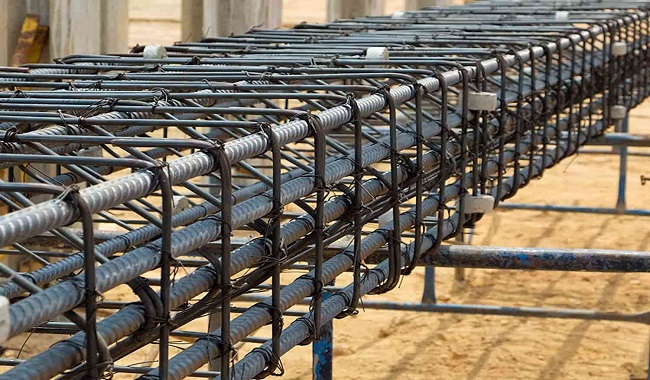According to seismic codes and lessons learned from earthquakes, the formation of short columns should be avoided as much as possible. The reason for this can be explained as follows: the stiffness of a column is proportional to the inverse of the cube of its length.
For example, if one-third of a column’s length is left free, its stiffness becomes 27 times greater than that of a fully free column. As a result, these short columns absorb a significant portion of the floor’s shear force, and due to their short length, shear failure becomes the dominant mode of failure. The figure below provides details derived from the Indian code. This code suggests that in the entire height of a column, where, for instance, a half-floor cuts through and creates a short column, closely spaced shear reinforcement (stirrups) should be provided.
Therefore, as designers and inspectors, we must pay close attention to this issue. This also occurs in stairwell columns, where intermediate beams create short columns. Based on the above, we conclude that shear reinforcement should be closely spaced throughout the entire length of stairwell columns.



 فارسی
فارسی